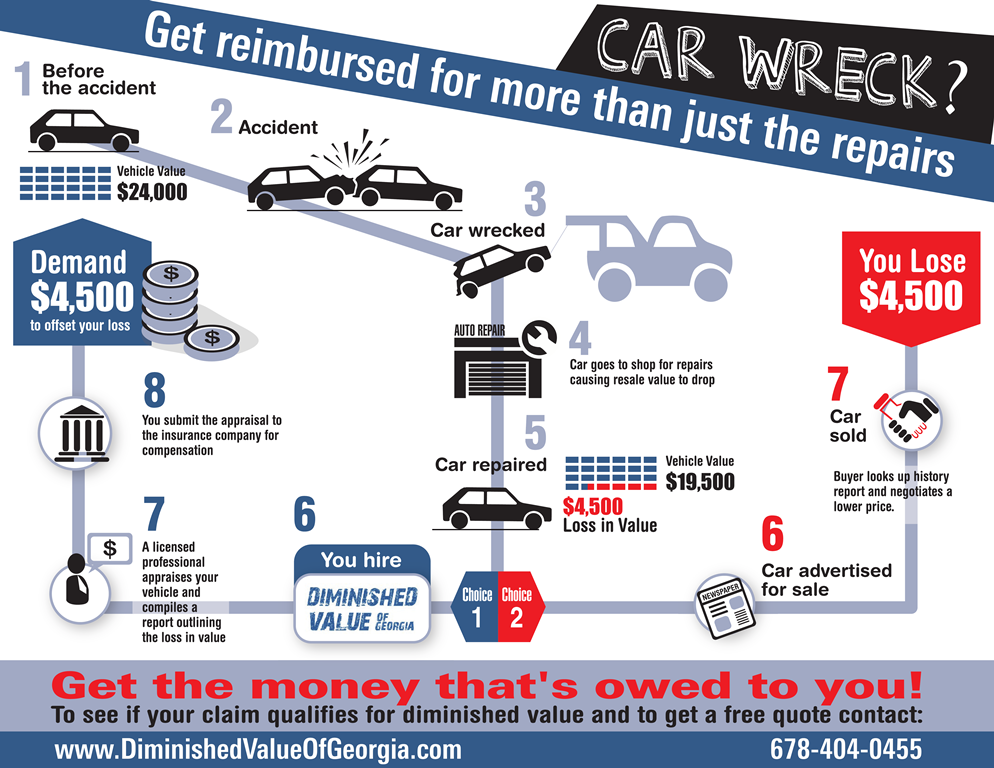Understanding Your Automobile'S Warning Lighting: What Do They Really Mean?
Understanding Your Automobile'S Warning Lighting: What Do They Really Mean?
Blog Article
Material Written By-Hartley Kejser
When you're behind the wheel, those radiant caution lights on your dashboard can be a bit puzzling. Do you understand what they're attempting to tell you concerning your cars and truck's health and wellness? Comprehending the importance of these lights is essential for your safety and security and the longevity of your automobile. So, the following time one of those lights turns up, would not you want to decipher its message precisely and take the essential steps to address it?
Common Warning Lighting and Interpretations
Determine typical warning lights in your vehicle and comprehend their significances to make sure safe driving.
One of the most typical caution lights include the check engine light, which signals problems with the engine or discharges system. If this light comes on, it's essential to have your vehicle inspected immediately.
https://cruzxsmxb.sharebyblog.com/32005725/extremely-hassle-free-mobile-vehicle-detailing-services-not-just-save-you-time-and-money-yet-also-enhance-your-car-s-long-life-discover-exactly-how-they-can-transform-your-routine warning light suggests low oil pressure, calling for immediate focus to prevent engine damages.
A blinking battery light might suggest a damaged billing system, potentially leaving you stranded otherwise attended to.
The tire stress monitoring system (TPMS) light notifies you to reduced tire pressure, affecting vehicle security and fuel performance. Disregarding this can result in hazardous driving problems.
The abdominal light indicates an issue with the anti-lock braking system, endangering your capability to stop rapidly in emergency situations.
Lastly, https://www.ratchetandwrench.com/articles/12490-the-shop-management-system-of-the-future cautioning light warns of engine overheating, which can cause severe damages otherwise dealt with promptly.
Recognizing these typical caution lights will certainly aid you address problems promptly and preserve risk-free driving problems.
Importance of Prompt Interest
Understanding the common caution lights in your car is only the initial step; the significance of promptly dealing with these cautions can't be highlighted sufficient to guarantee your safety and security when traveling.
When a caution light illuminates on your control panel, it's your automobile's way of connecting a possible problem that requires interest. Disregarding these cautions can bring about a lot more severe problems in the future, compromising your security and possibly costing you extra out of commission.
see post to warning lights can avoid failures and crashes. As an example, a flashing check engine light can show a misfire that, if left ignored, can create damage to the catalytic converter. Addressing this promptly can conserve you from a costly repair work.
In a similar way, a brake system cautioning light might indicate reduced brake fluid or used brake pads, critical elements for your safety when driving.
Do It Yourself Troubleshooting Tips
If you observe a caution light on your dashboard, there are a couple of do it yourself repairing tips you can attempt before seeking professional assistance.
The initial step is to consult your cars and truck's handbook to comprehend what the specific warning light suggests. In some cases the problem can be as straightforward as a loose gas cap causing the check engine light. Tightening up the gas cap might resolve the trouble.
One more typical problem is a low battery, which can activate different alerting lights. Examining the battery links for corrosion and guaranteeing they're secure could take care of the issue.
If a warning light lingers, you can attempt resetting it by disconnecting the auto's battery for a couple of minutes and afterwards reconnecting it. In addition, examining your car's fluid degrees, such as oil, coolant, and brake fluid, can aid fix cautioning lights associated with these systems.
Conclusion
To conclude, recognizing your cars and truck's warning lights is crucial for maintaining your lorry running smoothly and safely. By promptly attending to these alerts and knowing what they suggest, you can avoid costly fixings and potential breakdowns.
Remember to consult your vehicle's handbook for certain information on each advising light and act accordingly to guarantee a hassle-free driving experience.
Keep educated, remain secure when traveling!
